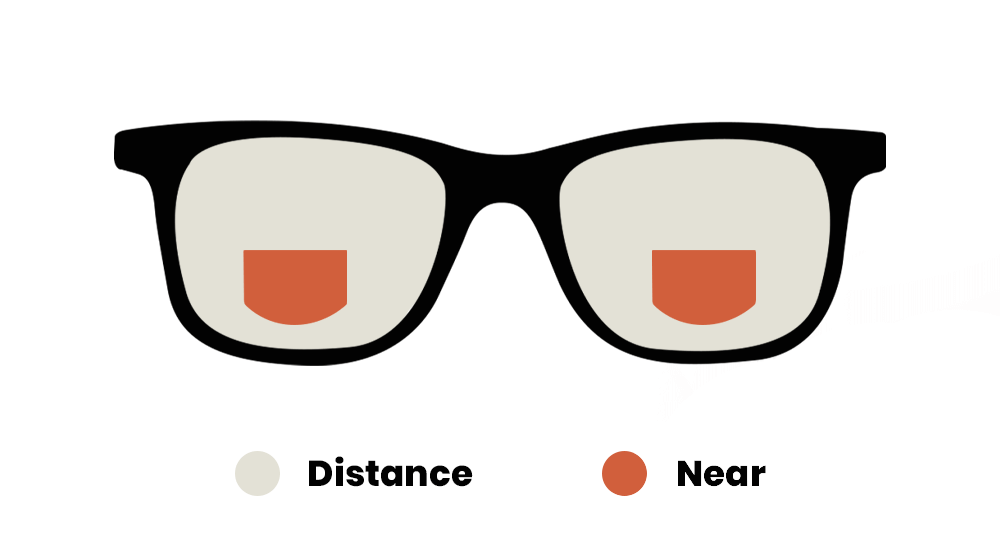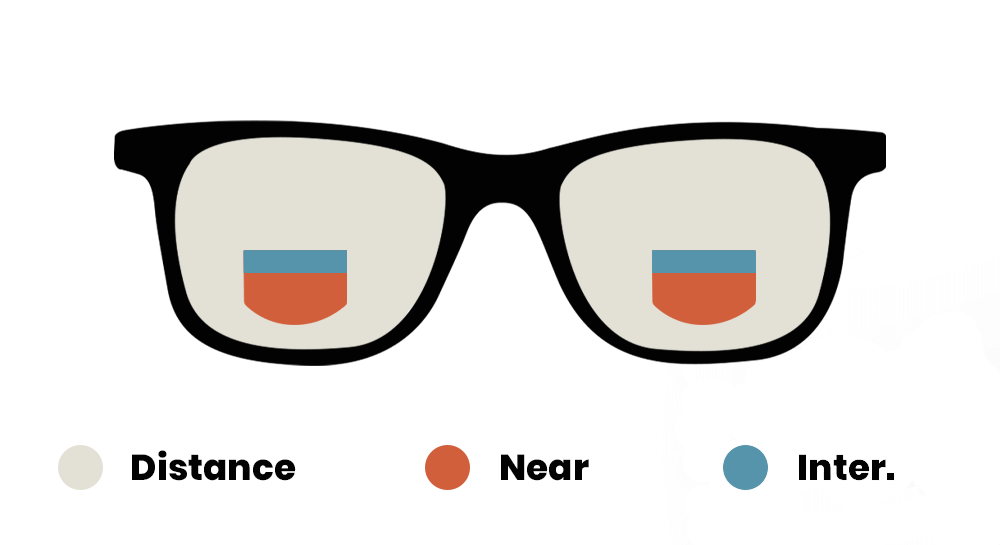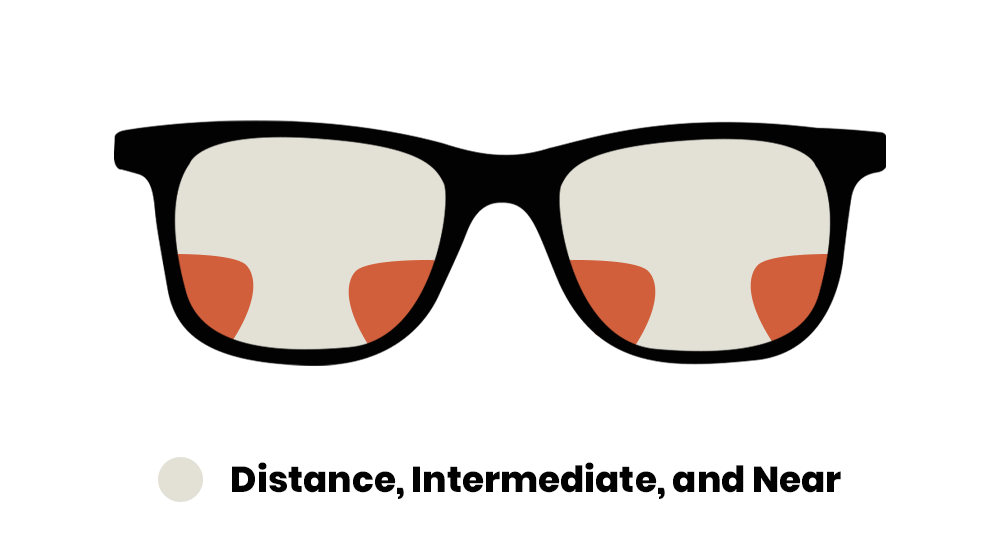It’s a different world for kids growing up today compared to the children of the 80s, 90s, or even the early 2000s. Today is the age of technology and there’s no hiding from it. Recent studies actually suggest that computer/tablet use among preschool children actually improves their readiness for school. Here are 3 tips on how to balance screen time for young children.
Limit screen time on any device. The blue light emitted from devices such as TVs, computers, smartphones, and tablets can cause eye strain and fatigue from too much exposure. We recommend stepping away from any device at least every 20-30 minutes and follow the 20-20-10 rule: every 20 minutes look away from the device and focus on an object at least 20 feet away for at least 10 seconds. This allows your eyes to relax its focusing muscle and may even help reduce eye strain and fatigue. Many sources recommend limiting entertainment-based screen time to 2 hours per day.
Choose appropriate, educational programs. The National Association for the Education of Young Children (NAEYC) is an organization that sets excellence standards for programs developed for children ages birth-8. The following computer/tablet usage recommendations have been issued by the NAEYC.
- Computer programs and apps should supplement, not replace, educational activities such as art, books, music, exploration, dramatic play and socializing.
- Parents should guide children’s use of technology. Be available to answer questions and to interact.
- Observe your child at the computer. Simply observing them can reveal a lot about the way they think and solve problems.
- Encourage your child to share the computer or device with a sibling or friend. This encourages important social skills, such as taking turns and cooperation. It will also grow your child’s ability to speak and listen.
- Carefully preview any program or app your child uses. Choose age appropriate software and apps that are easy to use and educational.

Know the signs of potential vision problems. First and foremost, make sure your child receives a complete, comprehensive eye exam each year. Most parents find it convenient to schedule it a few weeks before school starts. Poor vision not only hinders learning but can also be a major frustration for any child. Here are a few warning signs to look for:
- Squinting
- Frequent eye rubbing
- Red eyes
- Unusual posture
- Complaints of blurred vision when reading or using a device
If you have concerns about your child’s vision health, please contact us to schedule an eye exam.























